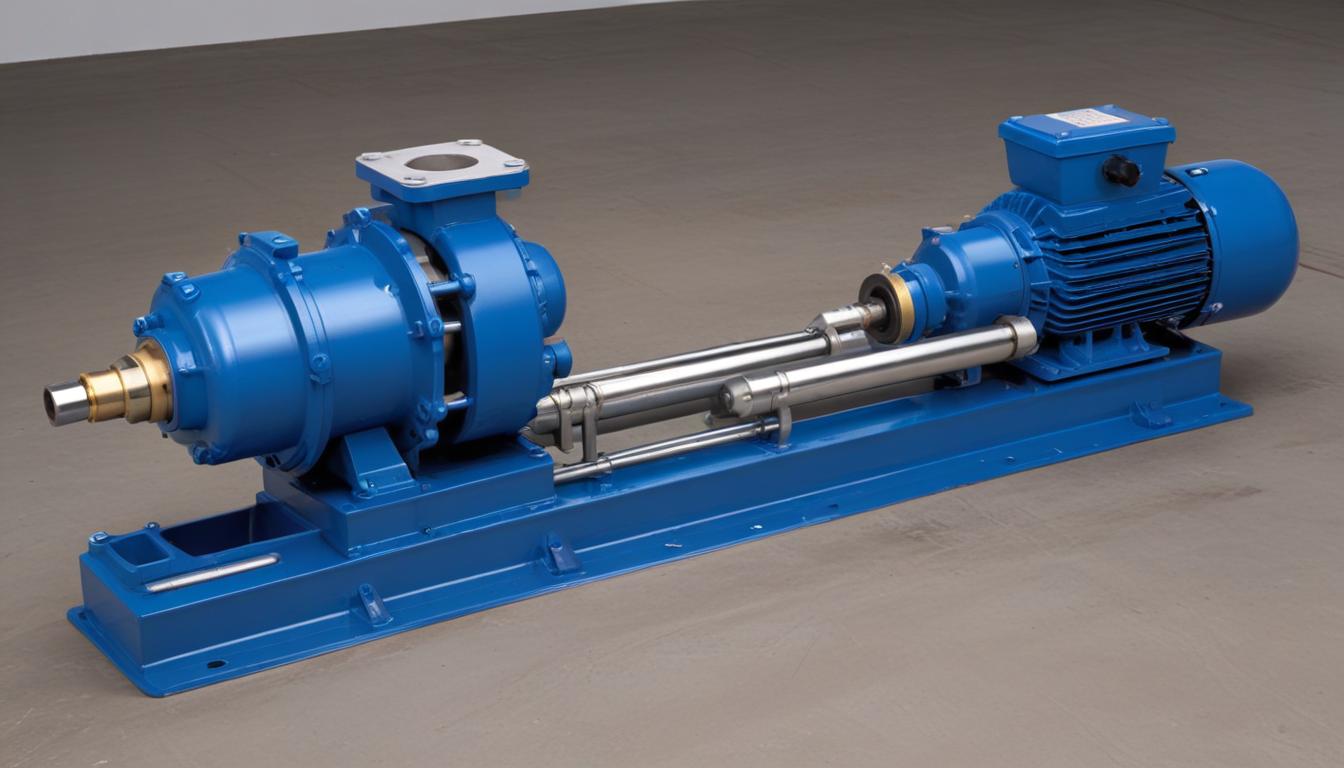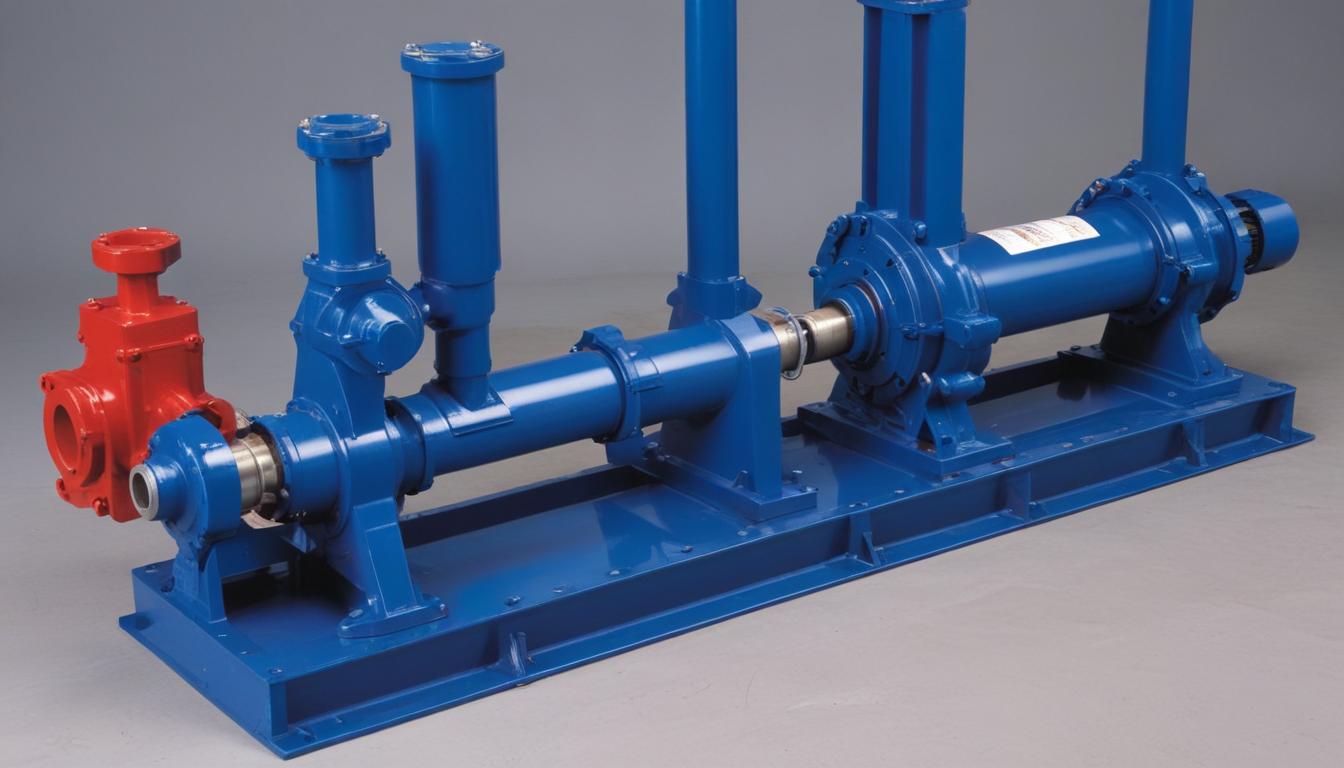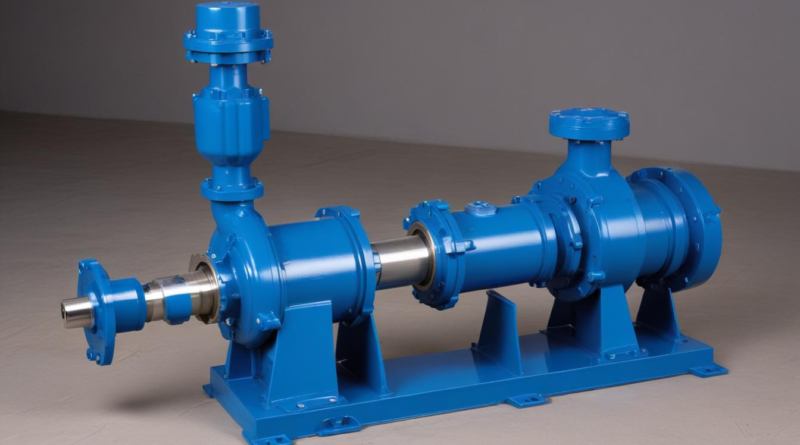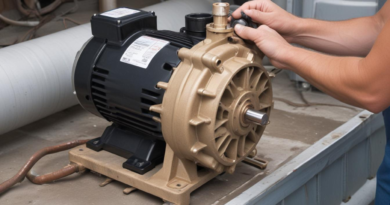Installation guidelines for progressive cavity pumps
When planning the installation of progressive cavity pumps, several critical factors must be taken into account to ensure optimal performance and longevity. The first step is to evaluate the overall site conditions. This involves analyzing the space where the pump will be located, ensuring that it is accessible for both installation and maintenance tasks. It is essential to maintain a clean environment to avoid contamination that could adversely affect the pump.
Next, consider the layout of your installation. The layout should facilitate efficient piping arrangements while allowing sufficient clearance for future maintenance activities. Additionally, the pump should be positioned at an appropriate height to prevent cavitation, which can lead to performance issues.
Another important factor is the mounting method. Progressive cavity pumps must be securely mounted to minimize vibrations that could affect performance and lead to premature wear. Ensure that the mounting surface is level, stable, and capable of supporting the pump’s weight.
Moreover, align the pump accurately during installation to prevent operational inefficiencies. Misalignment can cause excessive wear on the pump’s components and could lead to frequent repairs. It is advisable to use alignment tools to achieve precise positioning between the pump and the motor.
In terms of piping, follow standardized guidelines for connecting the pump to the system. Utilize suitable materials that can handle the fluid’s properties, such as viscosity and temperature. Adequate support for the piping is crucial to avoid stressing the pump connections. This can be accomplished by using brackets and hangers that do not transmit excessive loads to the pump itself.
Proper electrical installation is also a key consideration. Ensure that the electrical components are rated for the specific environment and fluid applications. Following safety measures, such as using proper fusing and ensuring all connections are waterproof, can prevent electrical failures and enhance the pump’s reliability.
Overall, adhering to these installation guidelines will not only streamline the setup process but also optimize the operational efficiency of progressive cavity pumps.
Site preparation and layout
The site preparation and layout for progressive cavity pump installation involve several essential aspects that influence the pump’s operational efficiency and maintenance accessibility. Begin by assessing the available space to ensure that it accommodates all necessary components while allowing for future upgrades or modifications. This analysis should take into consideration the overall workflow of the system, ensuring that the pump’s location supports optimal fluid flow and minimizes potential disruptions.
It is advisable to create a detailed schematic of the installation layout. This diagram should include the pump location, surrounding equipment, and piping routes. Material selection for piping should be compatible with the fluid characteristics and ensure that the layout allows for smooth flow without unnecessary bends or obstacles. Using straight runs wherever possible can reduce the pressure drop and enhance the pump’s efficiency.
- Clearance Requirements: Maintain adequate space around the pump for maintenance activities. Typically, a minimum clearance of 24 inches on all sides is recommended to facilitate easy access for tools and personnel.
- Elevation Considerations: Position the pump at an elevation that minimizes the risk of cavitation. This often means situating the pump above the fluid reservoir to ensure sufficient inlet pressure.
- Surface Stability: The pump should be installed on a solid, level surface to prevent excessive vibrations and ensure stable operation. If the installation is on an uneven surface, consider using shims or a foundation pad.
In addition to physical layout considerations, environmental factors must not be overlooked. The installation area should be free from corrosive substances and contaminants as these can degrade pump materials over time. Adequate drainage systems should be in place to prevent flooding around the pump area, which could lead to electrical hazards or mechanical failure.
Ventilation is another crucial aspect; ensure that the installation site is well-ventilated to dissipate heat generated during pump operation. Overheating may result in reduced performance and life span of the components.
During the planning phase, involvement of all relevant stakeholders—such as engineers, maintenance personnel, and operators—can help in identifying potential issues early in the installation process. Their insights will contribute to a more holistic approach to site preparation, making it easier to follow the installation guidelines that will maximize the effectiveness of progressive cavity pumps in the long run.
Pump mounting and alignment

Proper mounting and alignment of progressive cavity pumps are critical to ensuring the longevity and efficiency of the equipment. When mounting, it is important to utilize a rigid base that can withstand dynamic forces generated during operation. This not only helps in maintaining stability but also minimizes vibrations that can lead to mechanical failure. Steel or reinforced concrete pads are commonly recommended for such applications, as they provide sufficient support and are resistant to wear over time.
For effective alignment of the pump and motor, precise methods should be employed. Begin by positioning the pump on the base, ensuring that the mounting holes are aligned with the base plate. It is advisable to use shims if there are discrepancies in height or level to ensure all mounting points are evenly loaded. The next step involves using a dial indicator or a laser alignment tool to ascertain the alignment between the pump’s shaft and the motor’s shaft.
- Angular Alignment: An ideal angular misalignment should not exceed 0.5 degrees. This is vital for reducing the risk of operational wear and tear.
- Parallel Alignment: Ensure that the pumps and motor shafts are parallel within 0.005 inches to avoid excessive wear on bearings and seals.
After achieving the ideal alignment, secure the pump and motor to the base using appropriate fasteners, following the manufacturer’s specifications regarding torque settings. It’s paramount to avoid overtightening, which could lead to stress on pump components and eventual failure.
It is also recommended to conduct vibration analysis post-installation to ensure that the pump is functioning without excessive vibration levels that could indicate misalignment or imbalance. Regular monitoring during initial operations can provide valuable insights and help in fine-tuning the setup if necessary.
Ultimately, following correct mounting and alignment procedures not only contributes to the immediate operational success of progressive cavity pumps but also promotes a longer service life, reducing downtime and maintenance costs. Every step in the alignment process is crucial in aligning the performance with the specifications outlined in the installation guidelines.
Piping and connection guidelines
When establishing the piping connections for progressive cavity pumps, it is essential to adhere to a series of well-defined guidelines to ensure that the system operates efficiently and effectively. Begin by selecting piping materials that are compatible with the fluid being transported, considering factors such as chemical compatibility, temperature, and pressure ratings. Common materials include stainless steel, PVC, and carbon steel, which are robust choices for handling various applications.
Prior to installation, it’s crucial to inspect all piping components for damage or defects. Any compromised sections can lead to leaks or blockages that may negatively impact pump performance. Additionally, utilize the correct pipe diameters to facilitate smooth flow and prevent excessive pressure drops. As a general guideline, the inlet piping should be sized based on the pump’s specifications, ensuring it can accommodate the expected flow rates.
A proper layout should incorporate support and brackets to secure the piping system, minimizing stress on the pump connections. Ensure the use of hangers and supports that can handle the weight of the piping without transmitting excessive loads to the pump itself. Under no circumstances should the pump be relied upon to support any sections of the pipe.
- Connection Types: Use appropriate fittings such as flanges, couplings, or clamps based on the application’s requirements. Flanged connections are often recommended as they allow for easier disassembly during maintenance.
- Expansion Joints: Incorporate expansion joints in longer runs of piping to accommodate thermal expansion and contraction, which can otherwise lead to stress on the pump.
When connecting the pump to the piping system, ensure all joints are properly sealed to prevent leaks. Utilize suitable sealants or gaskets compatible with both the fluid and the materials used in the piping. It is crucial to maintain a smooth transition between pipe sizes, practicing gentle radiuses and avoiding sharp bends that can impede flow and contribute to pressure loss.
Furthermore, consider the layout of the inlet and discharge lines. The inlet line should be as short and direct as possible, facilitating an unobstructed flow of liquid into the pump. Avoid unnecessary valves or fittings on the inlet side that can create turbulence or restrict flow. The discharge line can include restrictive elements but should remain as unobstructed as possible to reduce back pressure.
Lastly, always follow the manufacturer’s installation guidelines specific to the model of the progressive cavity pump being used. This includes adhering to recommended torque specifications for fittings and ensuring that all components meet safety standards applicable to the operational environment. By aligning with proper piping practices and installation recommendations, you can maximize the efficiency and reliability of progressive cavity pumps in your application.
Electrical installation and safety measures

Electrical installation of progressive cavity pumps requires a meticulous approach to ensure safety and optimal performance. All electrical components associated with the pump must be rated adequately for the operational environment. Begin by selecting a suitable power supply that meets the pump’s specifications, considering voltage, phase, and frequency requirements. Ensure that all wiring adheres to local electrical codes and industry standards to minimize risks of electrical faults or accidents.
Before commencing installation, it is essential to conduct a thorough inspection of all electrical components. Check for any signs of damage, such as frayed wires or corroded terminals, which could lead to short circuits or outages. Utilize components that are designed for durability in potentially harsh environments, such as explosion-proof enclosures if the pump operates in hazardous locations.
- Grounding: Proper grounding of the pump and all associated electrical equipment is crucial to prevent electrical shock and equipment damage. Ensure that grounding points are securely connected to a common grounding system.
- Overcurrent Protection: Install appropriate fuses or circuit breakers to protect against overcurrent conditions. Select devices that can handle the maximum operational load to avoid nuisance tripping.
- Control Systems: Integrate control systems that allow for easy operation and monitoring of the pump. This may include variable frequency drives (VFDs) that provide precise speed control and can enhance energy efficiency.
When making electrical connections, use terminal blocks and connectors that are compatible with the wiring gauge. Ensure that connections are tight and secure to prevent arcing or resistance heating. As a preventative measure, apply insulating materials or heat shrink tubing to exposed connections to reduce the risk of shorts due to moisture or contaminants.
For pumps located in areas subject to flooding or excessive moisture, waterproof junction boxes should be used. Ensure that all electrical conduits are adequately sealed to prevent infiltration of water and debris, which could lead to electrical failures. Additionally, consider the use of flexible conduits in application areas with significant vibration to avoid stress on electrical lines.
After completing the electrical installation, conduct comprehensive testing to verify that all components are functioning as intended. This includes running the pump at different operational settings to confirm that all electrical systems are stable and responsive. Monitoring electrical consumption during initial operation can provide insights into the performance efficiency of the installation.
Regular maintenance checks on the electrical components should also be scheduled. Periodic inspections can aid in identifying wear and potential failure points early on, ensuring that the pump continues to operate under optimal conditions. Following these guidelines closely will not only secure the electrical integrity of progressive cavity pumps but will also enhance their reliability in demanding applications.


